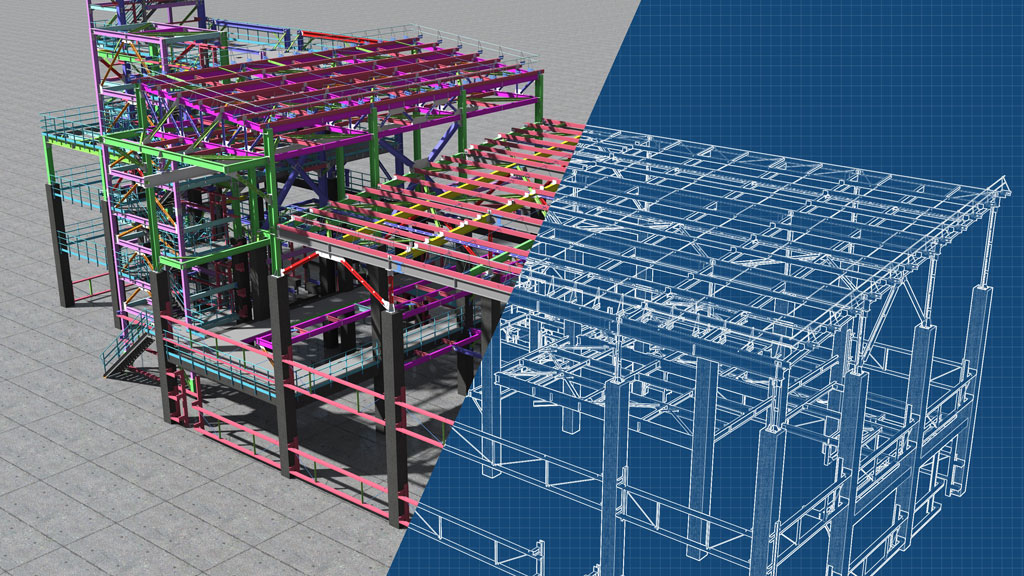Ultraleap, the company behind the Leap Motion 2 hand tracking controller, is currently undergoing a major restructuring process. The company has decided to let go of half its employees and plans to sell its impressive hand tracking technology. However, Ultraleap will still keep its haptics projects and establish a new company focused on them. The new company will be owned by the existing shareholders of Ultraleap.
This news came as a surprise to many, especially after Ultraleap recently launched its latest hand tracking technology called Hyperion. The DPVR E4 Arc headset, powered by Ultraleap’s hand tracking technology, was also released just a short time ago. Despite its reputation for groundbreaking innovations in the hand tracking field, Ultraleap has decided to sell its hand tracking technology, leaving many stunned. But the development of a new company centered around haptics research suggests that Ultraleap may have had a significant breakthrough in this area.
Ultraleap’s haptics technology aims to provide tactile feedback to users’ hands and fingers while in midair. This ability to interact with Mixed Reality elements and feel the touch on one’s fingertips is an remarkable advancement in XR (Extended Reality) technology. Although Ultraleap has not yet confirmed the details of its business restructuring, ongoing layoffs indicate that changes are indeed taking place.
Despite these challenges and job losses, there is hope that something positive will emerge from these changes. Many are eager to see Ultraleap’s haptics technology integrated into mainstream consumer VR headsets. Additionally, the pool of skilled professionals who are now available in the job market may bring valuable contributions to the industry. It is a difficult time for those affected by the company’s restructuring, but there is optimism that new opportunities will arise in the near future.
Ultraleap was founded in 2010 with the goal of revolutionizing human-computer interaction through advanced motion capture technologies such as gesture recognition and 3D object recognition using cameras and sensors attached to wearable devices like gloves or glasses.
Ultraleap’s latest product release was Hyperion which uses light-based optical sensors to track movements with high accuracy and low latency even in low light conditions.
The new focus on haptics research signals that Ultraleap may have had a significant breakthrough in this area which could lead to exciting developments in XR technology.
Overall, it remains to be seen what exactly will come out of this restructuring process at Ultraleap but there is no doubt that their innovative work in motion capture technologies will continue to shape the future of human-computer interaction.

